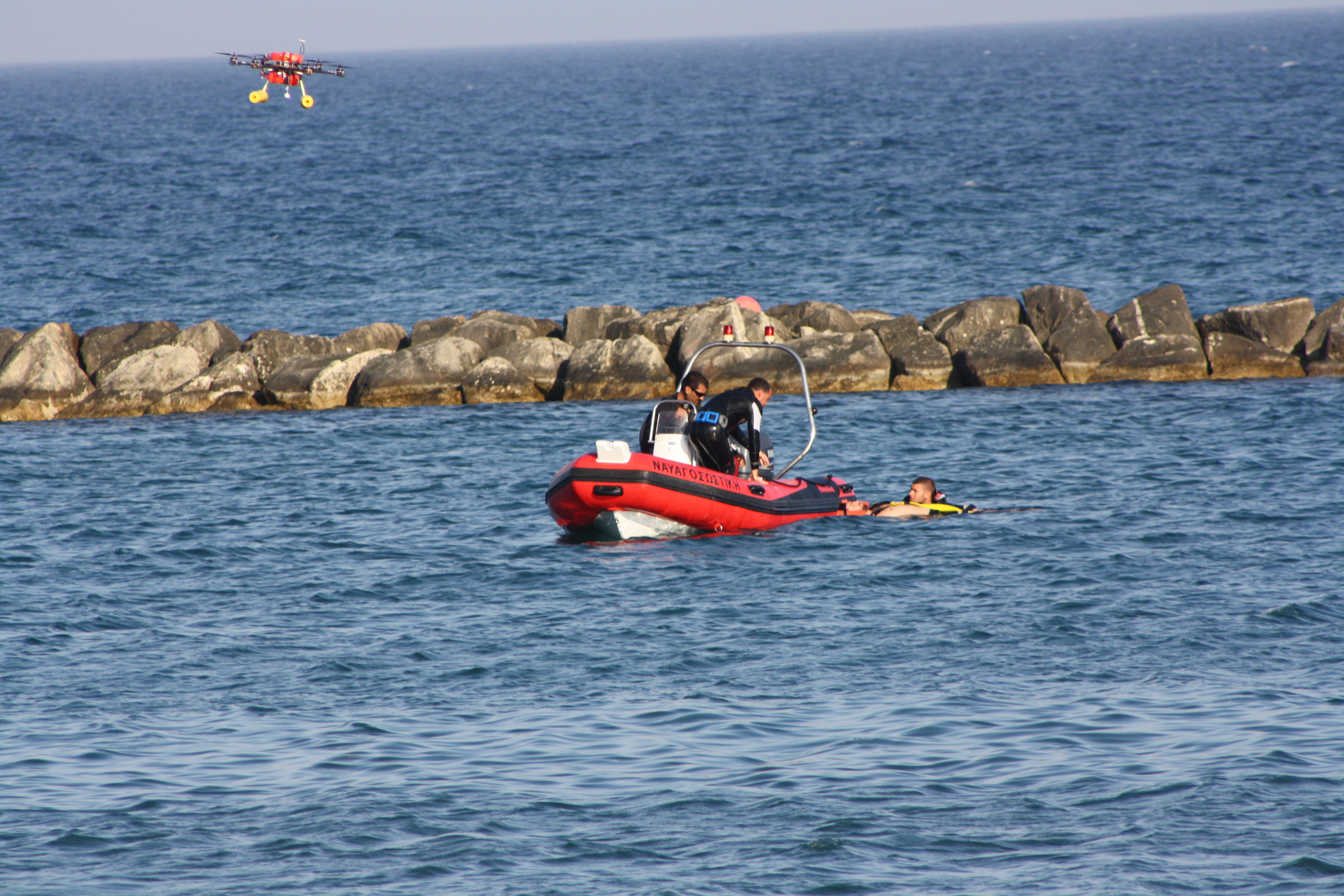Relief after Paphos wave breaker plan ditched

Environmentalists this week breathed a sigh of relief at the decision that the building of a long line of breakwaters along the north Paphos coastline has been decisively deemed a non-starter.
It emerged on Tuesday that the northern coastal waters from Neo Chorio to Pachyammos will remain undisturbed by wave breakers following the recommendation of a special environmental assessment (SEA) report.
Speaking to the Cyprus Mail, head of environmental policy at Terra Cypria Klitos Papastylianou said the NGO was in full agreement with the conclusive findings of the assessment which viewed the plan, as it had been proposed by the public works department, as a disaster for the coastal area.
“The ditching of the proposal, in practice, can be counted on with a good degree of certainty, since repercussions for not toeing the line would be very serious at this point,” Papastylianou said.
The coastal project, which had been touted as the means to prevent erosion, particularly in the face of rising sea levels and climate change, had been characterised as an “obsession with breakwaters” by activists and was contested by environmental NGOs as misguided.
The most recent SEA confirmed that building around 25km of wave breakers from Asprokremmos near the Anassa hotel to the west, until the bay of Pomos and in Pachyammos to the east, would irreversibly damage habitats and impact on species at sea and on land, and therefore should not proceed.
The initial proposal had been for the construction of 43 wave breakers in five areas: nine in Polis Chrysochous, 13 in Argaka, seven in Nea Dimmata, nine between Nea Dimmata and Pomos harbour, and five from Pomos going towards Pachyammos. There are already wave breakers in Latsi and on the Polis campsite beach.
The SEA noted that the planned works would negatively affect the Natura 2000 network and even breakers built outside any specially zoned areas would be a detriment to their conservation, affecting both the nesting sites of the Caretta caretta turtle as well as Posidonia oceanica sea grass.
Turtles use almost identical nesting sites year-after-year and hatchlings would have to expend more energy travelling around the breakwaters, thus be exposed for longer to predators, or getting trapped in closed waters.
Habitat loss for Posidonia meadows due to the anchoring of vessels necessary during the construction phase was another issue, as well destruction caused by quarrying in in the sensitive area of Androlikou to procure the boulders necessary for the sizeable project.
This is without the study taking into its scope the effects on the Mediterranean monk seal, Monachus monachus, which is known to use a sea cave in the area.
In addition to displacing sand which builds up on the leeside with knock-on effects on natural features and currents, detrimental impacts on the environment would also follow from making the beaches more accessible to larger numbers of visitors.
Moreover, the study noted that protection from erosion was an illusory benefit since the effect of intermittent breakwaters is merely to displace the erosive forces to adjacent areas.
